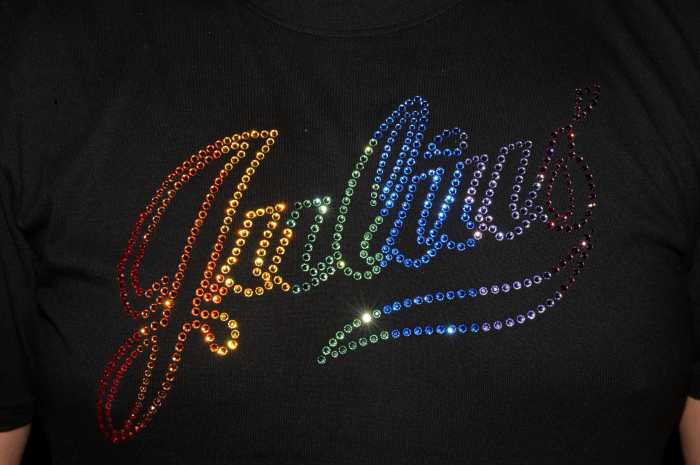It’s peculiar how the Mets’ success seems to be met by the bristling disapproval from rivals and detractors doing everything they can to invalidate the team’s best season since 1986.
Predicated on pitching and an offense that is tied for the third most runs scored per game, New York entered a vital four-game series against the Braves in Atlanta with a 75-40 record on a red-hot tear in which they’ve 17 of their last 20 games.
That included taking four of five games from the second-place Braves at Citi Field at the beginning of the month and a series win over the weekend against the third-place Phillies.
And, boy, some folks affiliated with both organizations couldn’t take it well as the Mets continue to execute the old baseball adage of simply hitting it where they ain’t.
You see, if it’s not cannoning off the bat at 100 mph, it apparently is doesn’t mean as much, by their standards.
“You don’t like to make excuses and they have hit around a little bit. But the hits they have [exit velocities of] 67.9, 67.3, 74.8, and 66.3 off the bat,” Phillies broadcasters lamented during their team’s 6-0 loss to New York. “And some of those were key hits with runners to scoring position.”
This came after Braves starter Spencer Strider went in on the Mets’ offense after an Aug. 7 start in which he was tagged for four runs on six hits in just 2.2 innings of work.
“A lot of weird hits. They seem to be having a lot of luck right now offensively,” he said. “That’s great. It’s August. [We’ll] see what things are like in October.”
It’s true that the Mets’ offense doesn’t connect for an abundance of hard contact. Their average exit velocity of 88.3 mph ranks 18th in MLB. Their hard-hit percentage is ranked even lower at 22nd.
Yet they are averaging the same amount of runs per game (4.80) as the Braves (3rd in exit velocity, 2nd in hard-hit rate) and more than the Phillies (7th in exit velocity, 6th in hard-hit rate) this season.
That’s an awfully large sample size to simply be classified as luck, which most rational baseball fans can quickly ascertain that it’s clearly not the case.
Instead, we are looking at a composed lineup, which is somewhat rare in Major League Baseball — especially amongst top teams — that forces the opposing pitcher to work.
Over their first 115 games of the season, the Mets have faced a total of 17,111 pitches, according to Baseball Reference, which ranks ninth in MLB behind teams such as the Yankees and Braves. Yet they’ve put the ball into play 3,083 times, which ranks No. 4 in the majors, per Baseball Savant.
Despite seeing more pitches, the Braves have put the ball in play 175 fewer times than the Mets. The Phillies have done so 124 fewer times.
Putting the ball in play more obviously increases the chances of getting more soft-contact hits, and New York’s .303 BABIP (batting average of balls in play) that ranks sixth in the majors this season certainly suggests that.
“I think a hit is a hit. I’ll take them any way I can get them,” Jeff McNeil said (h/t New York Post). “Sometimes, it’s nice to stay off the barrel, because they actually fall in. This team just takes good at-bats. When you take good at-bats, good things will happen.”
But how has this been so sustainable?
It’s simple, really. Composure is paired with creating a lineup of high-contact batters.
The Mets are not chasing the ball out of the zone significantly less than other teams. In fact, their 29.5% chase rate sits smack dab in the middle of the league average. But they’ve made contact on 61.2% of those chase swings, which ranks No. 2 in the majors.
That’s contributed to a whiff rate of 23.6% that’s tied for third-best in the league with the Houston Astros while their 869 strikeouts are ranked fourth-fewest.
Fewer strikeouts mean, again, more balls in play, leading to more “luck” as Strider likes to call it.
“That’s what this team is,” McNeil continued. “We’re not a bunch of home run hitters. We’re a bunch of tough at-bats. We make it tough on the defense.”
Sometimes it’s better to be lucky than good. But what happens when you’re both of those things like the Mets currently are?
We’ll see in October.
“I enjoy the style that has the Mets scoring more runs than the other team after nine innings,” Showalter said. “However we get there, I don’t care if it’s aesthetically pleasing.”
For more on the Mets, visit AMNY.com































